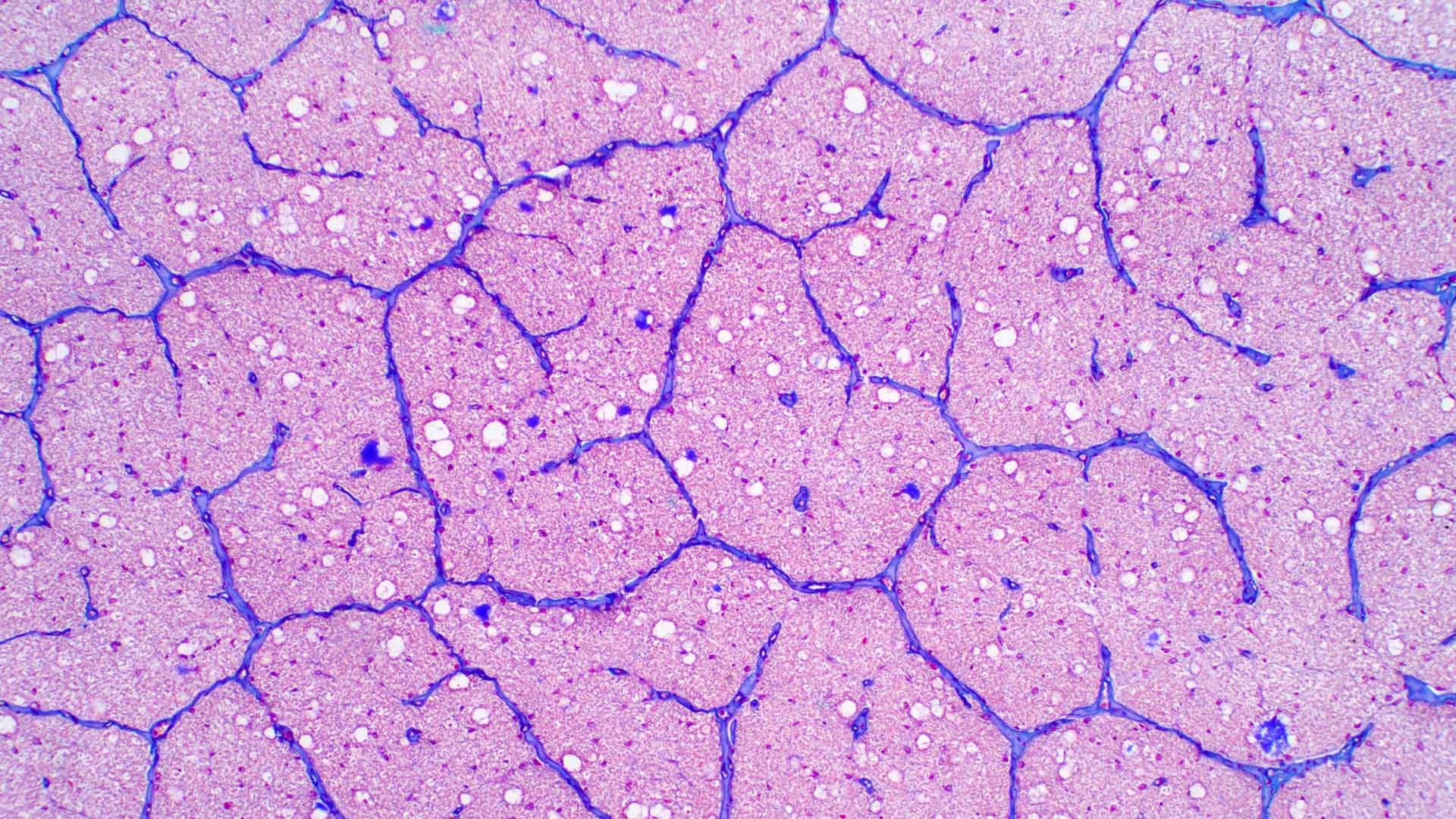Project Spotlight: Developing and implementing a new evidence-generation process within a pharmaceutical company to deliver impactful evidence to external stakeholders

Purpose of the White Paper
Our newly published white paper, “Integrated evidence generation: How to ensure your organization has a built-for-purpose evidence engine“, aims to guide biopharmaceutical companies through the complexities of evidence-generation planning. The paper emphasizes the need for a strategic, proactive approach to evidence generation, which should begin early in an asset’s lifecycle. By adopting this approach, companies can better communicate the value of their therapies, thereby enhancing their chances of approval, clinical uptake and reimbursement.
Key Takeaways
This white paper identifies several critical elements for effective evidence generation, based upon Prescient expertise in evidence generation planning and interviewed industry experts, and aims to provide a how-to guide for readers to assess and improve their organization’s evidence-generation capabilities. The paper starts by underscoring the importance of cross-functional collaboration, which allows stakeholders from various departments to contribute their expertise throughout the evidence-generation process. Secondly, it recommends the establishment of a standardized operating model that includes clear roles, responsibilities and processes. This model should be flexible enough to adapt to feedback and the organization’s fluctuating needs. Lastly, the paper highlights the necessity of continuous assessment and adjustment of the operating model to ensure its effectiveness and alignment with organizational goals.
Case Study
Below is a case study showcasing how Prescient supported a mid-size oncology-focused pharmaceutical company in implementing a novel approach to improve strategic decision making in regard to evidence generation. The company faced challenges such as portfolio complexity, with multiple assets in overlapping disease areas, lack of clear governance and limited transparency across internal stakeholders, and therefore sought support to evaluate its capabilities and design and implement a bespoke evidence-generation strategy. This included the implementation of pilot programs, establishment of necessary forums, guidance on ways of working, outlining of clear governance structures and standardization of planning processes. These changes led to significant improvements in evidence generation planning, including increased transparency across asset teams and functions and faster and higher quality decision making. Ultimately, the organization achieved greater autonomy and efficiency in strategic decision-making, demonstrating the value of a robust evidence-generation strategy.
By implementing the insights and strategies outlined in our white paper, your organization can optimize its evidence generation efforts, driving long-term value and success in a competitive biopharmaceutical landscape.






